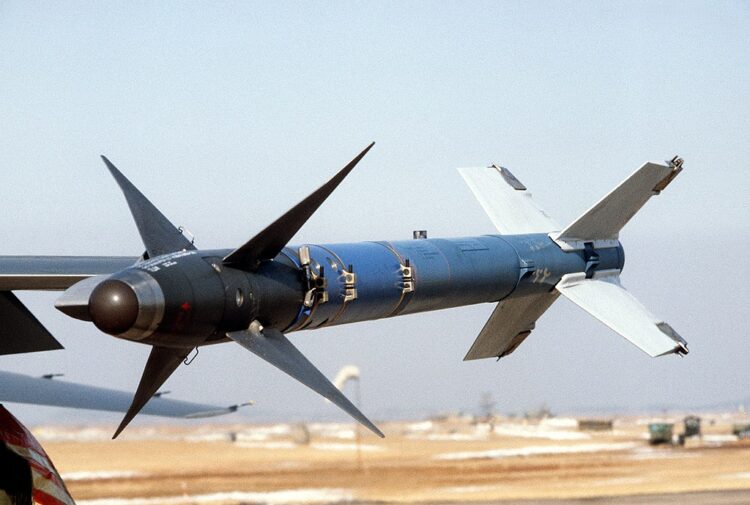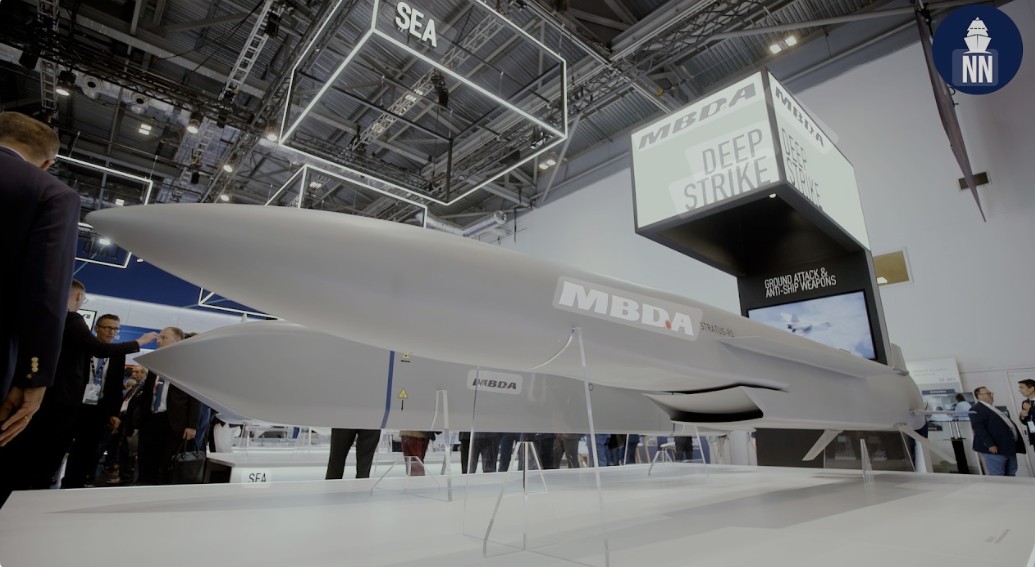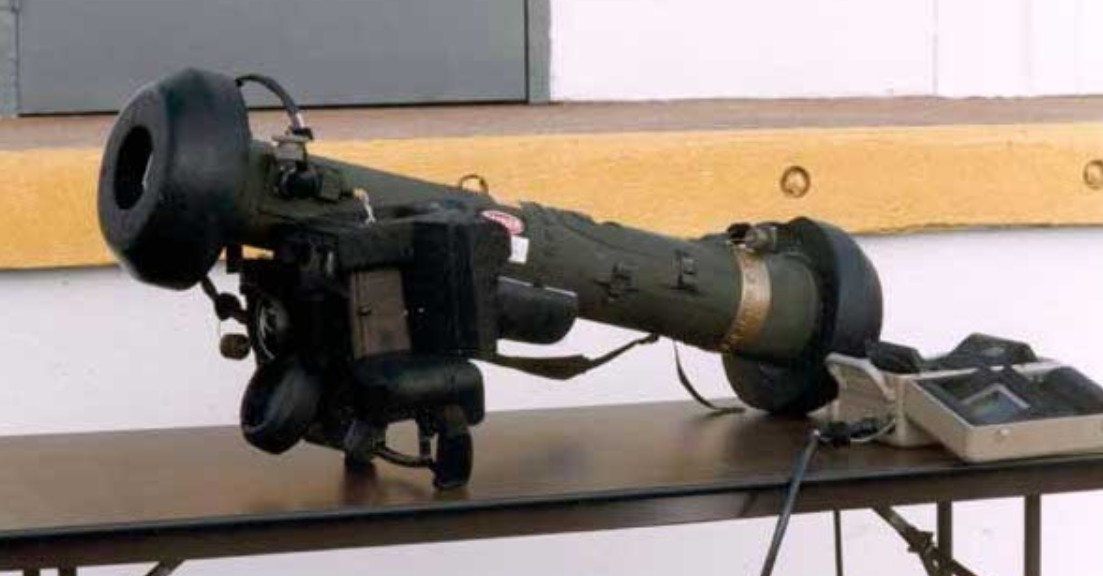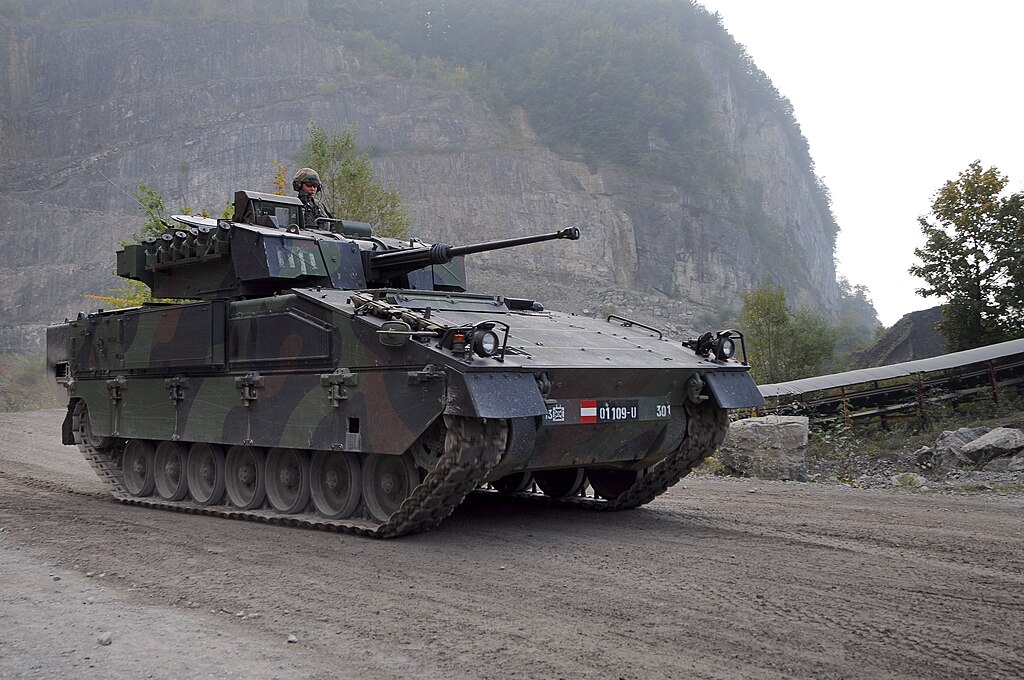The Birth of the AIM-9 Sidewinder
The AIM-9 Sidewinder, one of the most iconic air-to-air missiles in history, has revolutionized air combat since its introduction in the 1950s. Originally developed by the United States Navy, the Sidewinder was designed to be a highly maneuverable, heat-seeking weapon capable of engaging enemy aircraft at close range.
The inspiration for the AIM-9 Sidewinder came from World War II, when British and American pilots experimented with infrared-guided missiles. These early attempts paved the way for the development of the Sidewinder, which utilized a heat-seeking infrared seeker head.
How the Sidewinder Works
The AIM-9 Sidewinder operates by detecting the heat signature of a target aircraft. When a Sidewinder is launched, it homes in on the heat emitted by the target’s engines or exhaust. The missile’s infrared seeker head detects this heat and guides the missile toward the target.
One of the key advantages of the Sidewinder is its ability to lock onto a target without requiring guidance from the launching aircraft. This allows the pilot to fire and forget, focusing on evading enemy threats while the missile tracks its target.
Evolution and Upgrades
Over the years, the Sidewinder has undergone numerous upgrades and improvements. The AIM-9X, the latest variant of the missile, features enhanced maneuverability, increased range, and improved target tracking capabilities.
One of the most significant upgrades to the Sidewinder was the introduction of the Imaging Infrared (IIR) seeker head. Unlike the earlier versions of the missile, which relied on a single-point seeker, the IIR seeker head provides a complete image of the target. This allows for better target identification and increased effectiveness.
The Sidewinder has also been integrated with advanced anti-jamming technologies, making it more resistant to electronic countermeasures employed by enemy aircraft. This ensures that the missile maintains its tracking capability even in a hostile electronic warfare environment.
Operational Effectiveness
The AIM-9 Sidewinder has proven to be a highly effective air-to-air missile in combat. Its high maneuverability and heat-seeking capabilities make it a deadly weapon against enemy aircraft.
During the Vietnam War, the Sidewinder played a crucial role in securing air superiority for American forces. Its ability to engage enemy aircraft at close range gave American pilots a significant advantage over their adversaries.
Since then, the Sidewinder has been used in numerous conflicts and has been exported to allied nations around the world. It has been responsible for a significant number of enemy aircraft kills, further cementing its status as a game-changer in air combat.
Conclusion
The AIM-9 Sidewinder has undoubtedly changed the face of air combat. Its heat-seeking capabilities and formidable maneuverability have made it a weapon of choice for fighter pilots around the world.
As technology continues to advance, the Sidewinder will likely undergo further upgrades and improvements, ensuring its relevance and effectiveness for years to come.









